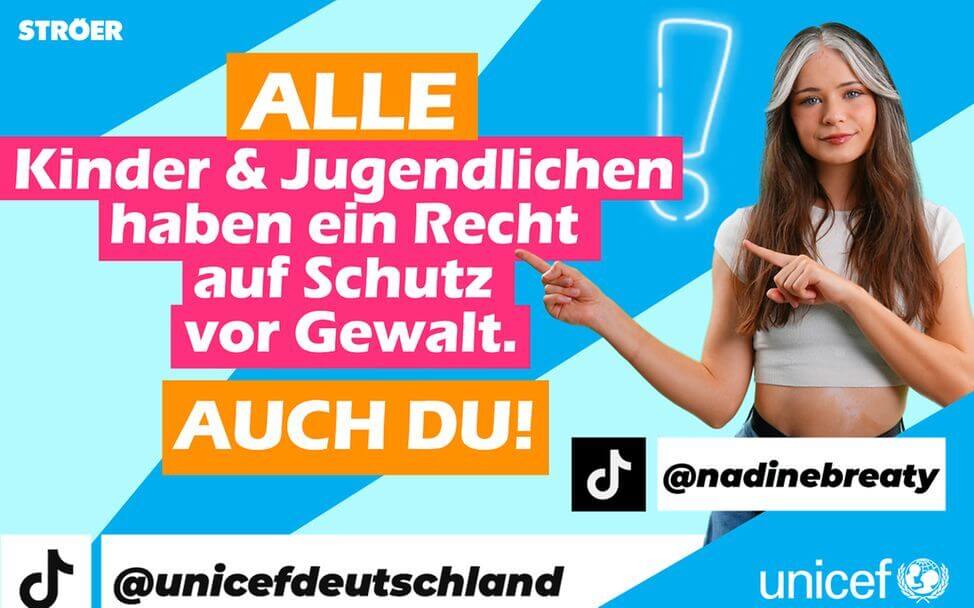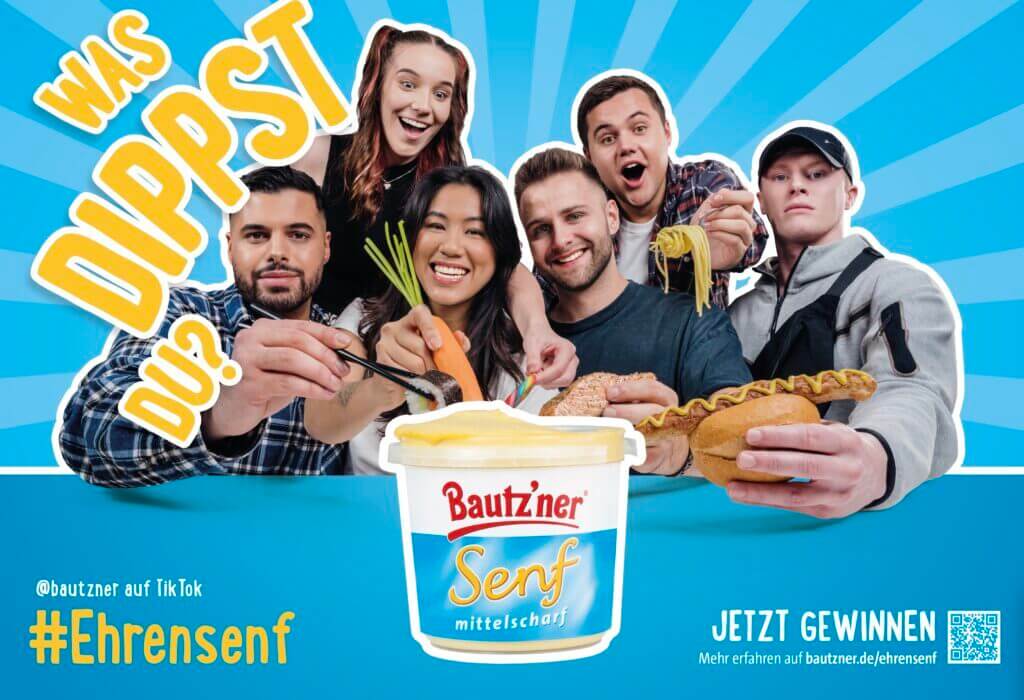
Influencer advertising can take all kinds of forms, including collaborations with influencers for product placements or brand advertising, affiliate marketing to promote products via influential personalities or the use of influencer content on your own marketing channels to increase reach and credibility. But which influencer strategy is best for my business goals? There are three basic types of collaboration with influencers:
All three approaches have the potential to achieve great success for your company. However, the strategy you choose should vary depending on your overall goals, as not every approach is equally suitable for every company. In order to choose the right strategy for working with influencers, it is crucial to first understand your specific requirements. Then you can choose the right way to work with influencers. In this article, you can find out which approach best suits your company’s goals.
Table of Contents:
Influencer advertising generally refers to short-term influencer measures such as a one-off collaboration with a content creator as part of a campaign. These can achieve an effective reach and thus brand awareness and sales. With influencer advertising, creators can be viewed in a similar way to conventional media channels. Influencer advertising can include the placement of paid adverts on the influencer’s social media profiles, sponsored posts or other promotions in which the influencer conveys a clear advertising message.
Aldi Süd x Bill Kaulitz: As part of its 2023 Christmas campaign – realised with its lead agency Antoni_99 – food giant Aldi Süd worked with singer and celebrity influencer Bill Kaulitz, who appeared as Santa’s elf in the jointly produced advertising clip. The aim was clearly to increase brand awareness during the Christmas period and ultimately promote sales. To this end, Bill Kaulitz was used as an advertising ambassador without having had any previous or subsequent connection with the company. Such short-term advertising campaigns, which focus on specific sales targets, characterise influencer advertising.
Influencer relations focuses on building and maintaining relationships with influencers without primarily focussing on direct advertising benefits. Content creators are therefore viewed by companies as partners, customers and fans of a brand, rather than just another advertising channel. Influencer relations are generally perceived by users as much more natural and therefore more credible than other forms of influencer advertising, as the creator’s recommendations are intrinsically motivated, the creator is not explicitly paid for them and genuinely likes the products. This leads to a win-win situation for influencers and companies. Influencers usually create content without any contractual obligation. In return, the influencers regularly receive the latest products from a brand as a gift or are invited to exclusive events. This makes influencer relations a stark contrast to the transactional approach used in influencer advertising. When selecting suitable creators, influencer relations focus on soft characteristics such as credibility and a particularly high brand fit, which in turn usually lead to good KPIs in terms of reach and engagement. The relationship between a content creator and a brand often begins as transactional and develops over time from influencer advertising to influencer relations.
UNICEF Germany: UNICEF Germany’s children’s rights campaign in collaboration with the media company STRÖER focused on raising awareness of children’s rights and raising public awareness. As part of this, a number of well-known TikTok creators such as Nadine Breaty and Herr Anwalt volunteered to set an example against cyberbullying, racism and discrimination. In this out-of-home campaign, the influencers appeared with strong statements on digital advertising spaces throughout Germany – not excluding continuation. The content creators not only act as brand ambassadors in this one campaign but also actively campaign for this socially relevant topic outside of it, thereby making it clear to their community that they are committed to a cause close to their hearts. Nadine Breaty and Herr Anwalt in particular regularly take a stand on social and charitable issues – whether on their social media accounts or outside of them in TV shows or documentaries. This in turn creates an authentic connection to the values of the charity organisation UNICEF.

Influencer marketing refers to a comprehensive strategy in which brands work together with content creators. It combines aspects of influencer advertising and influencer relations, resulting in a holistic approach. A variety of measures are taken with the aim of generating attention for a brand, generating sales and also being associated with the respective content creators in the long term. This integrated approach includes the repeated placement of sponsored content for targeted advertising campaigns in order to maximise immediate reach and visibility. At the same time, there is a particular focus on building long-term relationships with content creators. This long-term partnership aims to not only capitalise on the creator’s existing following, but also to build a lasting connection with their audience. If the partnership between the brand and influencer is successful, more extensive campaigns can also be realised over time, resulting from joint successes and the consolidation of an established basis of trust.
Bautz’ner: The popular mustard manufacturer Bautz’ner asked six content creators, including Karim Jamal and Liam Carpenter, the question: “Was dippst du?” (What do you dip?) as part of its innovative #Ehrensenf (HonourMustard) campaign. The creators each presented a food that they like to dip in mustard – ranging from classic flavours such as bratwurst to unconventional combinations such as sushi. The campaign was supplemented by out-of-home elements: the influencers’ presence extended beyond digital platforms and manifested itself on advertising posters in public spaces and even on the mustard tubs in supermarkets. The content creators published various content pieces from May to July 2023. The out-of-home elements were also launched during this period. The campaign therefore went beyond a one-off advertising collaboration and also shows that Bautz’ner wants to build a long-term relationship with the creators.

The decision between influencer advertising, influencer relations and influencer marketing depends on the individual needs and goals of your company. Influencer advertising offers quick results and clear measurability, while influencer relations focuses on building long-term, authentic relationships. Influencer marketing combines the benefits of both approaches to create a comprehensive strategy. However, it is important to note that this approach can also inherit the specific disadvantages of each method. With all the variety, it is crucial to understand your specific requirements in order to choose the strategy that best suits your company’s goals.

Non-binding and no payment details needed
Start Your Free Trial